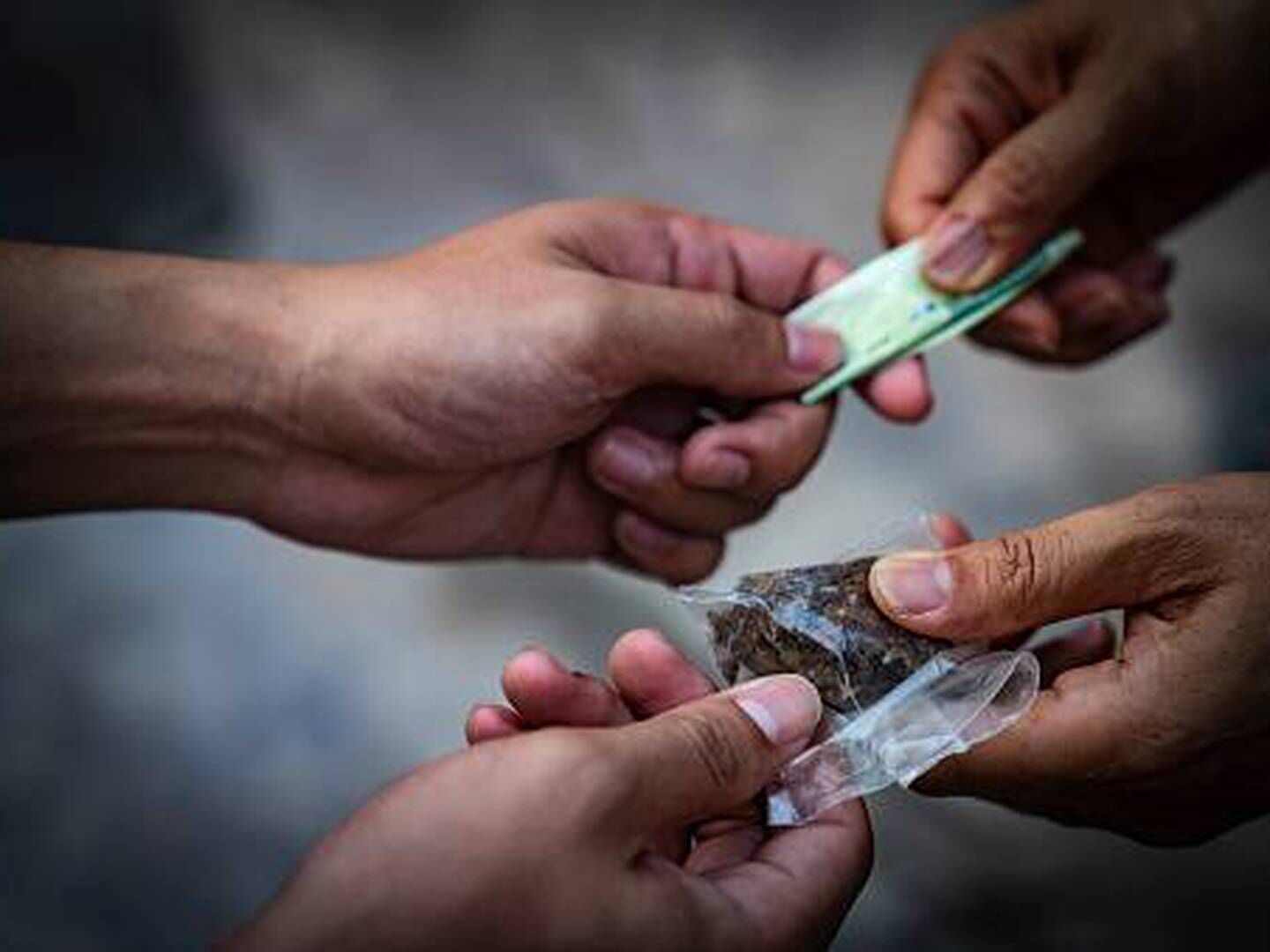War on drug
Apart from placing curbs on supply side, there is a need to adopt politically radical measures like decriminalising possession of drugs and legalising soft drugs

For a change, it is out-of-season Holi in India.
Nudged by the Union Home Ministry, the law enforcement agencies across the country are, from June 12-26, making a bonfire of the drugs they seized under the anti-narcotic laws. It will culminate on June 26, the day United Nations declared as International Day Against Drug Abuse & Illicit Trafficking in 1987 to commemorate Lin Zexu's dismantling of the opium trade in Humen, Guangdong, ending on 25 June, 1839, just before the opium war in China.
The observance of the day is an expression of determination to strengthen action and cooperation to achieve the goal of an international society free from drugs. Theme this year is, 'addressing the challenges in the health and humanitarian crisis.' Advocacy is for the right to health for the most vulnerable (including children and youth), people using drugs, people with drug-use disorders and people who need access to controlled medicine.
It is no secret that India is a victim of narco-terrorism. Its estranged neighbour uses crime proceeds from drug-trafficking to fund cross-border terrorism and subversive activities in pursuance of its 'bleed India with thousand cuts' doctrine. The admission of this came from one of its former prime ministers in 1994 while being interviewed by Washington Post. He said that his army in early 1991 proposed to him a detailed blueprint for selling heroin to pay for the country's covert military operations, which he did not approve. A flurry of denials followed but by then the proverbial cat was out of the bag.
No denying either that India has at its hand a very serious problem of widespread drug abuse. As per 2001 national survey, there were 87 lakh cannabis and 20 lakh opiate users in the country. Among them, 23 lakh cannabis and five lakh opiate users were addicts. Three in four addicts were under 40 years. Alcohol, cannabis and opiates were major substances of abuse. Women were found abusing drugs like heroin, propoxyphene, sedative and alcohol. Among pockets of high-use, cannabis was widespread in Delhi, UP, Bihar and Manipur; and opiates in Rajasthan, Punjab, Himachal Pradesh, Haryana, UP, West Bengal, Mizoram, Nagaland and Arunachal Pradesh. In rural areas, abuse of cannabis (29 per cent), opium (25 per cent) and heroin (11 per cent) was rampant. Prison inmates and the homeless preferred heroin. Intravenous drug abuse and high-risk behaviour like needle-sharing was prevalent both in rural and urban areas. To address the problem, the survey report recommended treatment of addicts, peer-led interventions, community-based services and development of programmes for vulnerable groups like youth, street children, women and prison inmates. It also called for enhancing skills of care-providers, improving service delivery, periodical data collection to monitor progress, training of NGOs, enhancing advocacy and funding evidence-based interventions.
Over the years, drug abuse has become more widespread. Drug trafficking has flourished. As per the survey conducted in Punjab in 2015, there were 8.6 lakh opiate users in the state. 2.3 lakh of them were addicts. Heroin (53 per cent) was the most abused drug followed by opium (33 per cent). Drug users spent Rs 7,500 crore annually on opiates. There were 78,000 injectable opioid users in the state. Three in four affected said that they were initiated into opioid use by their peers. Eight in ten tried to quit, but only three in ten got any assistance. Only one in ten had access to evidence-based treatment services.
Suppressing drug supply is absolutely necessary. But this savanna-like policy landscape, with other interventions on low-tide, has not worked anywhere. More than 1.64 lakh people died in the Mexican war between 2007-2014 but drug cartels have become enormous enterprises. Worse, they have diversified into other organized crimes like human trafficking. The US government's 'crop dusting' plan — spraying pesticides on crops from low-flying planes to destroy coco leaves in South American countries — has not met with any remarkable success either. It has led to, what researchers call, the 'balloon effect'. When one government cracks down on coca crops, cartels just pack up and move to another country! The Philippines government is facing investigation from international human rights bodies for extra-judicial killings in its violent fight against drug mafia in the 2010s.
Targeting supply has another problem — when it decreases, addicts start paying more for the same amount. Years after, revenue generated from drugs remain at the same level or even grow, irrespective of the supply position.
India is sandwiched between two of the biggest opium-producing hubs — the Golden Crescent (Pakistan, Afghanistan and Iran) in Northwest and the Golden Triangle (Thailand, Myanmar, Laos and China) in the Southeast. There is a bevy of non-state and state actors actively pushing drugs across its porous borders for profit and subversion. Drug sale on dark-net is gaining momentum. Countering these effectively is absolutely critical. But there is also a need to look afresh at the recommendations of the 2001 National Drug Survey, and initiate a public debate on politically radical measures like decriminalising possession of drugs and legalising soft drugs. The Haryana government had a few years ago conceived a path-breaking 'Mother-for-Sports' programme. Idea was to harness mothers' influence over growing children by encouraging them to make their underlings internalise drug-abuse as a taboo and instead take to sports and physical activities as recreation.
Fight against drug-abuse and trafficking is not going to be linear, conventional, cheap or quick. It is going to be a long-haul, high-cost. But it is a fight in which India cannot afford to be pushed back.
The writer is Additional DGP, State Crime Branch, Haryana. Views expressed are personal



